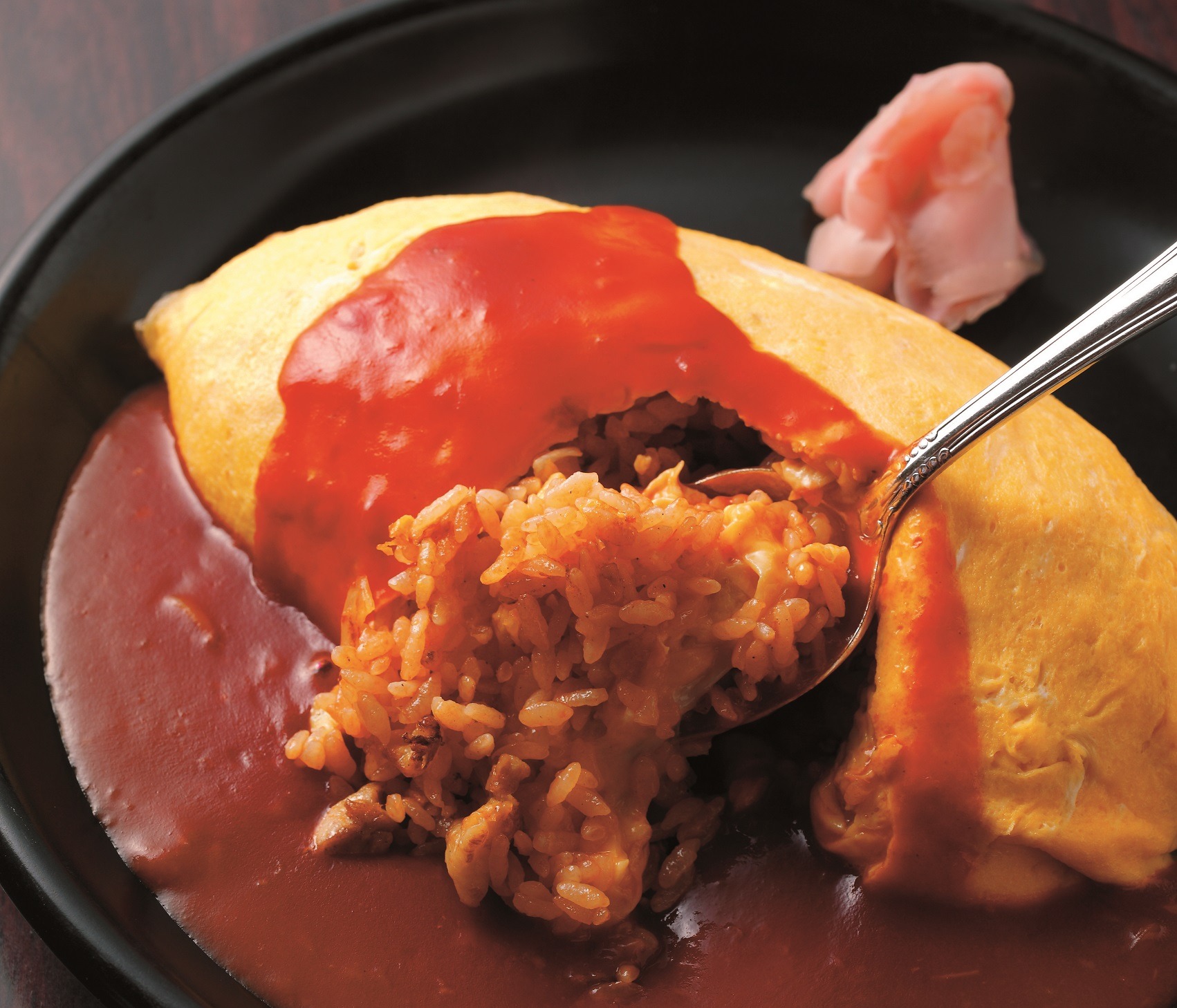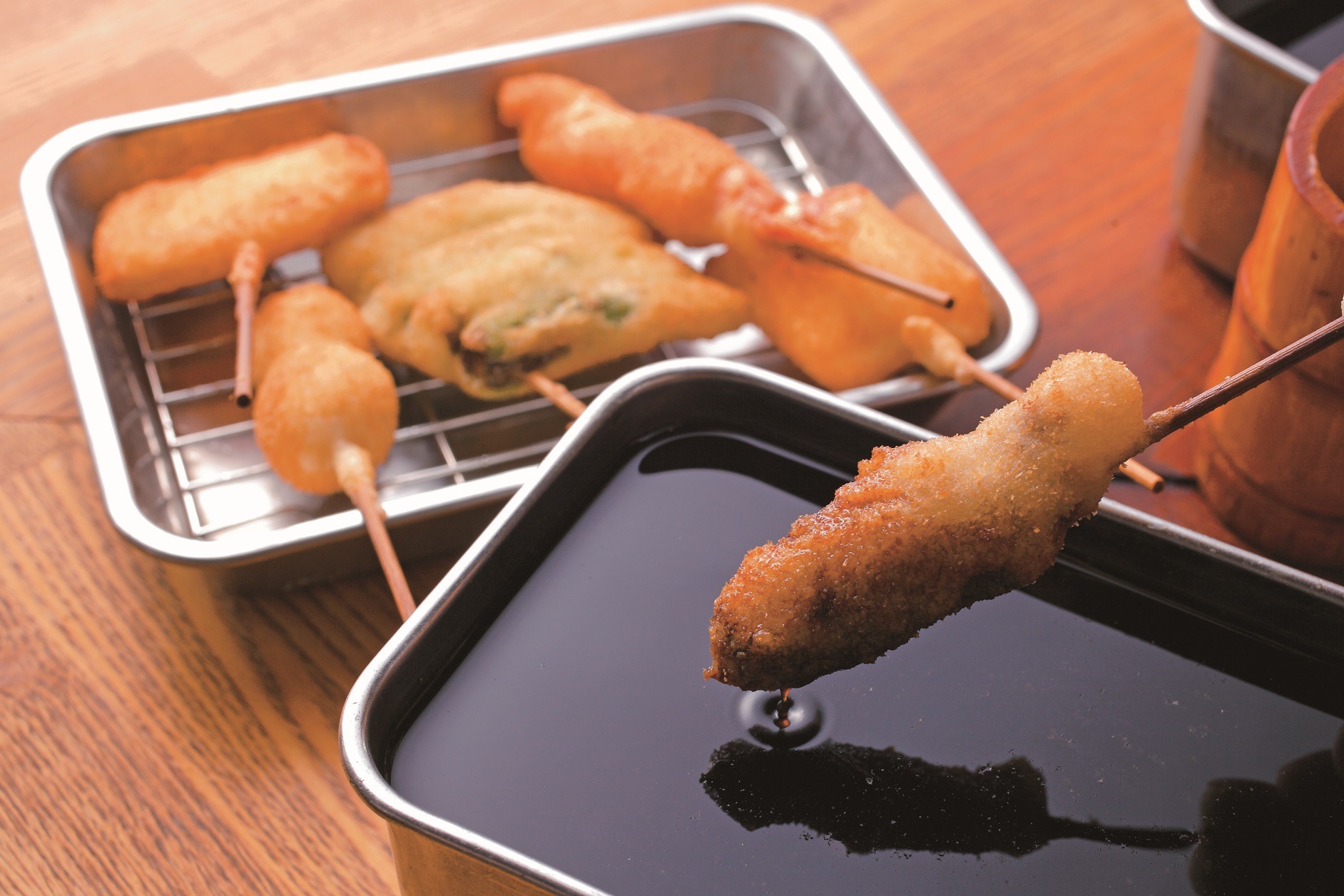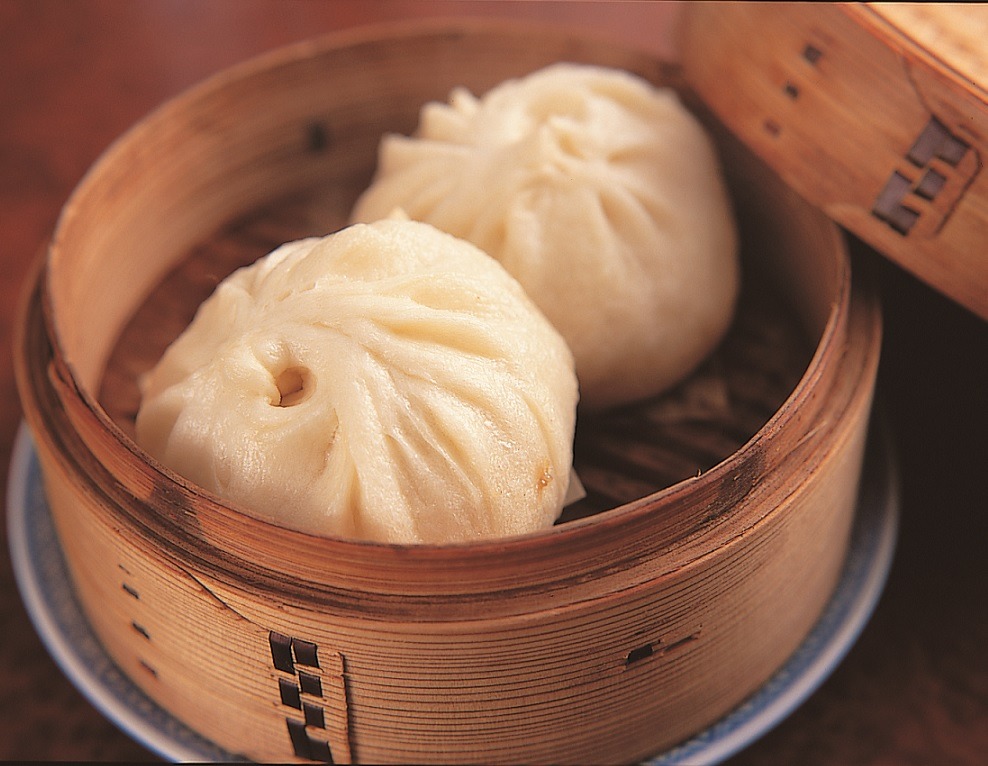Osaka sushi

The type of sushi in Tokyo is called "Edomae" nigiri. The representative dish of Osaka sushi is box sushi. It is a type of ``oshizushi'' in which the ingredients are placed in a mold along with vinegared rice and pressed together. Fill a square wooden frame with sushi rice and ingredients and press. I never get tired of watching the technique of rolling and pressing the wooden mold.

Originally, it was made with popular fish such as mackerel and horse mackerel, but box sushi, which was made with high-quality fish such as sea bream and shrimp and was designed to look beautiful, became popular in the Meiji period, and has since become popular in various ways. It has been inherited by many stores.
Among boxed sushi, mackerel topped with pickled white kelp is called ``battera.'' The origin of the word is "boat" in Portuguese. In Osaka, it is popular at sushi restaurants and set menu restaurants in town.
It's easy to eat, colorful and beautiful, and the ingredients and rice blend perfectly in your mouth. Since it can be enjoyed as is without adding soy sauce, it has been a great gift during intermissions at plays or as a souvenir.

Soft rice is best for Edomae nigiri sushi, but hard rice from Omi, near Osaka, is better for box sushi.
The rice retains moisture even after a while, so it remains delicious even the next day. It is cooked in kelp stock and seasoned with sugar and mirin.
The use of sugar, which has a moisturizing effect, is unique to take-out sushi. This flavor has been loved in Osaka for a long time, so many restaurants use sugar in their nigiri sushi.

During the Meiji and Taisho eras, it was referred to as ``Edo Nigiri Sushi, Kamigata Hakozushi,'' but the number of restaurants that can make Hakozushi, which requires time and skill to prepare, is decreasing. Even so, the few Osaka sushi specialty restaurants still preserve and pass on the traditional taste by making boxed sushi, stick sushi, maki sushi, Kamigata chirashi sushi, steamed sushi, etc.
In addition, there are various theories that authentic Edomae-style nigiri sushi became popular in Osaka after the Meiji Restoration or after the Great Kanto Earthquake, but now nigiri sushi is also made with ingredients from the sea near Osaka, and has become Osaka's favorite nigiri. It has been completed and many noren curtains are hung.
Other recommended gourmet foods
-
 Udon (I like udon)
Udon (I like udon)Osaka's udon noodles are appealing because of the harmony between the soft texture of the noodles and the gentle combination of kelp and bonito flakes.
-
 Takoyaki
TakoyakiTakoyaki is Osaka's representative fast food that can be bought at a food stall and easily eaten on a street corner. It has a surprisingly short history, and it is said that the number of stores began to increase in the town in the 1950s.
-
 Omelette rice
Omelette riceThe owner felt sorry for his regular customers who had stomach problems and had to eat omelets and white rice every day, so when he served ketchup rice wrapped in a thinly-cooked egg, the customers were overjoyed.
-
 Okonomiyaki
OkonomiyakiAlong with takoyaki, it is a soul food for Osaka people. The same goes for dissolving the flour in the soup stock, cabbage is essential, pork is popular, and as the name okonomiyaki suggests, you can use whatever you like. Spread the dough flat on the iron plate and bake it.
-
 Kushikatsu
KushikatsuOsaka's kushikatsu is famous for not allowing double dipping. Meat and vegetables are threaded onto skewers, coated with water-soluble flour, coated with breadcrumbs, and fried in oil.
-
 Kappo cuisine
Kappo cuisineThe Japanese restaurant style that flourished during the Edo period began to go out of fashion, and the Japanese style was born as people sought Japanese restaurants that could be enjoyed more casually.
-
 paper pot
paper potThe mysterious paper pot also originated in Osaka. Anyone would be surprised to hear that you can set paper on fire.
-
 Conveyor belt sushi
Conveyor belt sushiSmall plates of sushi flow on a conveyor, and customers pick up the pieces they like and eat them. The casual, semi-self-service style with inexpensive and transparent checkout is easy to use for families and tourists alike, making it extremely popular.
-
 Pork bun
Pork bunAfter the Meiji Restoration, it is said that the Chinese steamed buns that were introduced to Chinatown were adapted to suit the tastes of the Japanese people.


